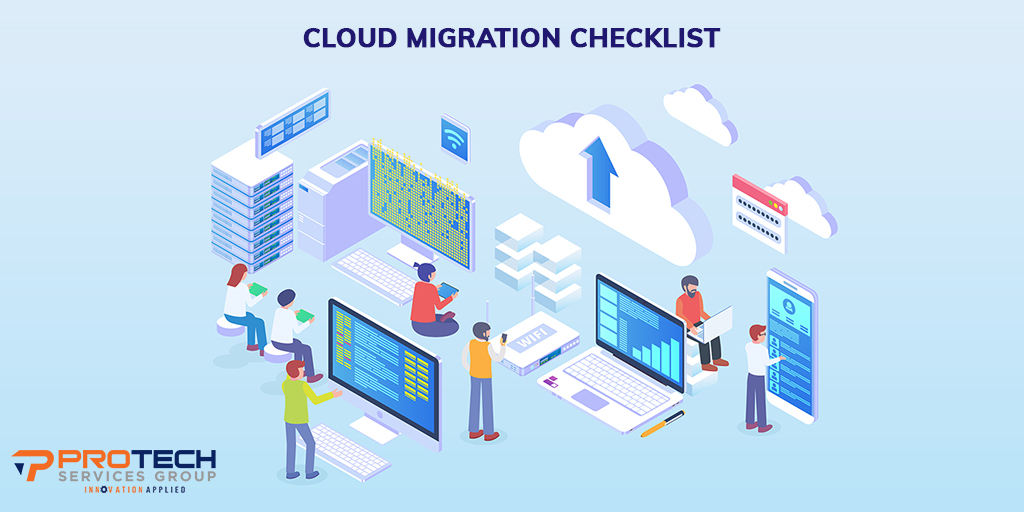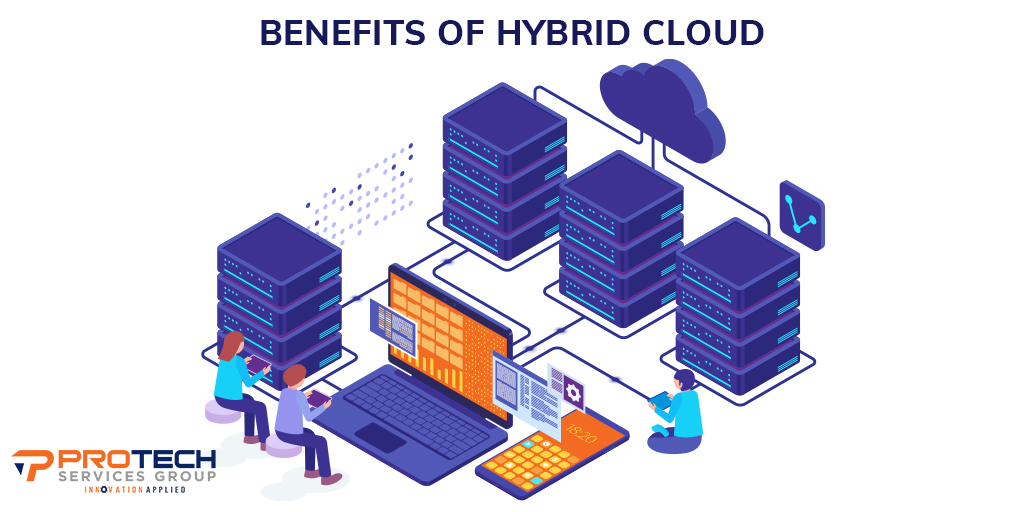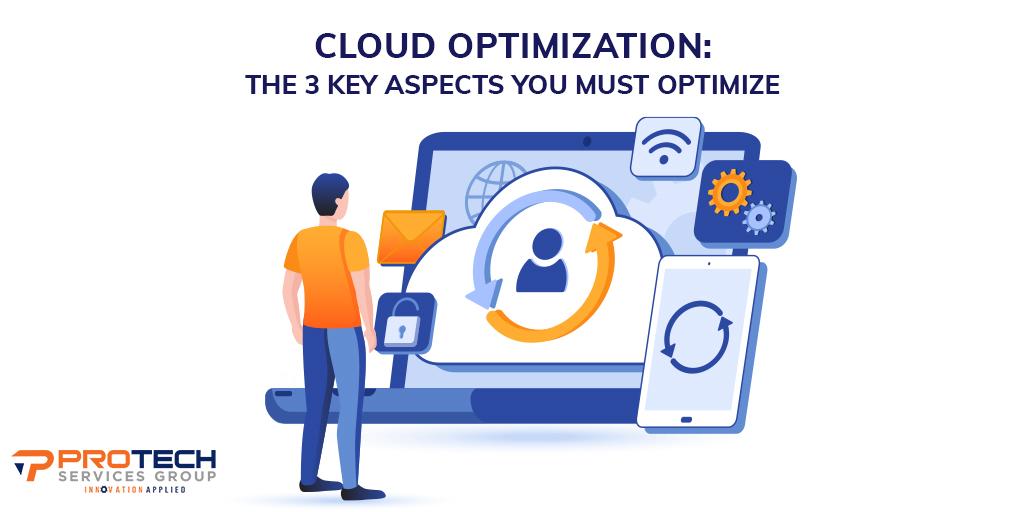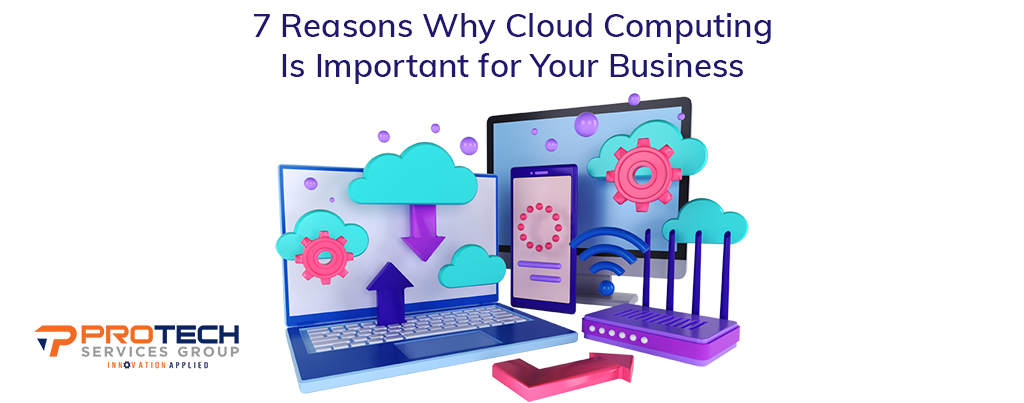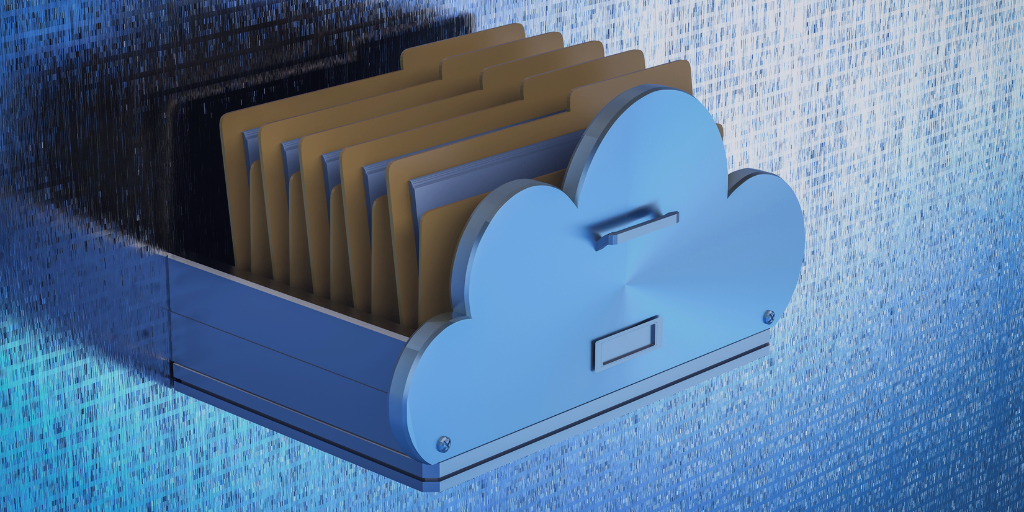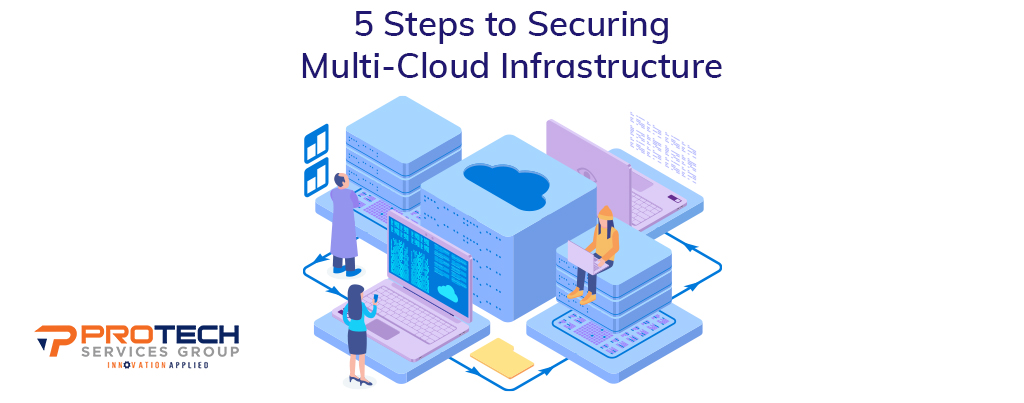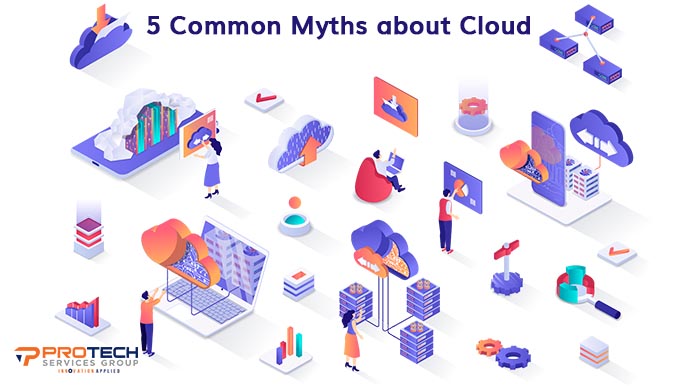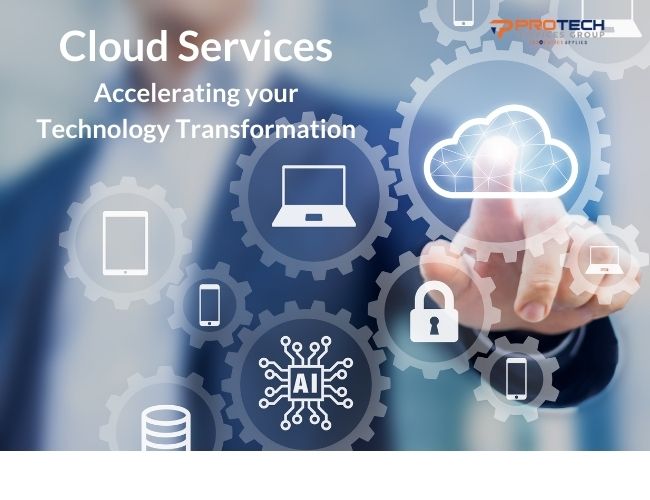The cloud services market was worth USD $119.13 billion in 2020 and is predicted to be worth USD $448.34 billion by 2026. Cloud computing use has increased over the last decade as a result of increased investments from small and medium-sized businesses. Many firms have already transitioned to cloud systems to take advantage of its benefits. In recent years, cloud computing has been an important priority for IT cost-reduction methods. Today, North America is among the leading innovators that holds the largest share of cloud migration in the market. If your company is looking to modernize mission-critical programs and is considering cloud migration as part of the process, then you don’t want to make the same mistakes as others. So, using those experiences, this blog has prepared a 10-step cloud migration checklist of the essential topics you should evaluate and address to improve your chances of a successful cloud migration.
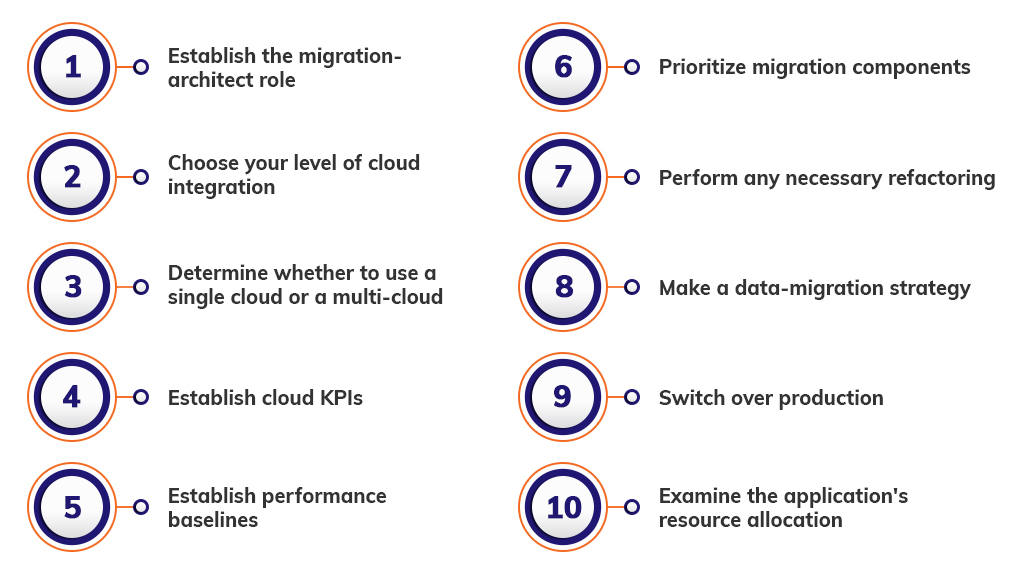
Step 1: Establish the migration- architect role
Before you begin your cloud migration, you need to establish the migration architect role to lead the project. The migration architect is a system architect-level position responsible for planning and completing all aspects of the migration; their key focus should include defining the necessary refactoring required to ensure the migration’s success, designing data migration strategies, defining cloud-solution requirements, and determining migration priorities and production switchover mechanisms. Many decisions and technical preparations must be made throughout the course of a massive migration project and having a migration architect who is responsible for all parts of the migration is essential to the project’s success.
Step 2: Choose your level of cloud integration
When migrating an application from an on-premises data center to the cloud, you have two options: shallow cloud integration or deep cloud integration.
A shallow cloud integration (also known as “lift-and-shift”) occurs when you relocate an on-premises application to the cloud while making no—or limited—changes to the servers you generate in the cloud to execute the application. Any changes to the program are just necessary to get it to run in the new environment. You do not utilize cloud-unique services.
This model is also known as lift-and-shift because the application is lifted “as is” and moved, or shifted, to the cloud intact. For a deep cloud integration, you adjust your application throughout the migration process to utilize essential cloud capabilities. This might be as simple as implementing auto-scaling and dynamic load balancing, or as complicated as utilizing serverless computing capabilities for parts of the application.
Step 3: Determine whether to use a single cloud or a multi-cloud
It is relatively simple to optimize your application to run with a specific cloud provider. Your development teams just need to master one set of cloud APIs, and your application can take advantage of everything your chosen cloud provider has to offer. The disadvantage of this method is vendor lock in. Once your application has been updated to run with only that one provider, switching it to a new provider may require just as much effort as the initial cloud migration. Secondly, having a single cloud provider may limit your ability to negotiate important terms with the cloud provider. Some businesses choose to operate parts of an application in one cloud provider and other parts of it in another. This technique allows you to take advantage of the primary benefits that each supplier provides. The problem here is that your application is tied to the performance of both providers, and any issues with either provider might affect your application’s customer experience. Other companies build their programs to operate on any cloud provider. With this approach, you could run your application on multiple providers at the same time or divide your application load between them. The disadvantage is that you may find it difficult to utilize each cloud provider’s core features, diminishing the benefits of hosting your application in the cloud. This method may also make your application development and validation procedures more difficult.
Step 4: Establish cloud KPIs
Key Performance Indicators (KPIs) are metrics that you collect about your application or service in order to assess how well it is functioning in comparison to your expectations. You may have previously created KPIs for your apps and services, but are they still suitable for an application or service once it is in the cloud? The best cloud migration KPIs demonstrate how your in-progress migration is progressing, illuminating visible or unseen issues that may exist within your application. Perhaps most importantly, cloud migration KPIs can assist you in determining whether the migration is complete and successful.
Step 5: Establish performance baselines.
Baselining is the process of measuring your application’s or service’s present (pre-migration) performance in order to decide whether its future (post-migration) performance is acceptable. Baselines assist you in determining when your migration is complete and provides confirmation of the projected post-migration performance improvements. Baselines can also be used to diagnose any difficulties that develop during a cloud migration. Set a baseline statistic for each KPI that you intend to track. Decide how long you will gather data to establish a baseline.
Step 6: Prioritize migration components
You must also determine whether to move your entire application to the cloud at once or to transfer it component by component or service by service.
First, determine the links between your services and which services are dependent on which other services. Use an application performance monitoring tool that can produce dependency diagrams from service maps for bigger, more complicated applications. Determine which components should be moved and in what sequence using the dependency diagram. It is often best to begin with the services that have the fewest dependencies. In this situation, you would migrate your most internal services first, followed by your outermost services, which are often those closest to your consumers. The alternative approach is to begin with the services closest to your customers (the most external services) in order to control any impact on your customers.
Step 7: Perform any necessary refactoring
You may want to perform additional work on your applications and services before migrating them to ensure that they run as effectively and efficiently as possible in the cloud.
Step 8: Make a data-migration strategy
One of the most difficult parts of a cloud migration is migrating data. The location of your data can have a significant impact on your application’s performance. Moving your data to the cloud while the primary data-access mechanisms remain on-premises can have a major impact on performance. The same is true if the data remains on-premises but the service accessing it resides in the cloud.
Step 9: Switch over production
There are two approaches that are commonly used:
- Do everything at once. Wait until you’ve moved the entire application or service over to the cloud and validate that it works there, and then switch traffic from the on-premises stack to the cloud stack.
- Take it one step at a time. Transfer a few customers over, ensure everything is still working, and then move a few more. Continue this process until all of your customers have been transferred to the cloud-based application.
Step 10: Examine the application’s resource allocation.
Even after you’ve completed your cloud migration, there are a few additional things to consider. The most important aspect is resource optimization. The cloud is optimized for dynamic resource allocation, therefore when you are allocating resources statically, you’re not taking advantage of the cloud’s advantages. As you migrate to the cloud, ensure that your teams have a strategy in place for allocating resources to your application.
Migrate to the Cloud Confidently
Cloud migration involves implementing cutting-edge techniques and technology by moving business applications to the cloud. However, just shifting legacy workloads to the cloud might be a stop-gap solution rather than a long-term resolution. It simply indicates that the apps are not taking full advantage of the cloud. As a result, before rehosting a typical application on the cloud, it is crucial to dig deep into migrating it to a cloud-first architecture.
Let us help your journey to the cloud
ProTech knows how important the cloud is for growing businesses, but also understands that it can be overwhelming. Our team is experienced in cloud solutions, like Amazon Web Services and Azure, and we know how to make migrations a lot smoother. We can help you build a unique cloud solution that accomplishes your business goals.

